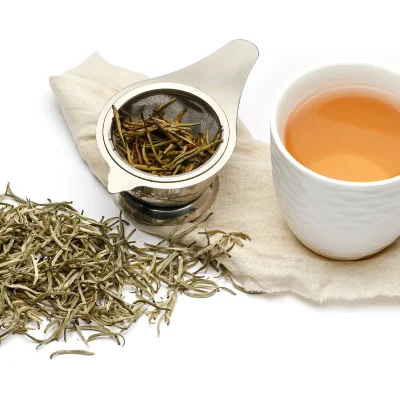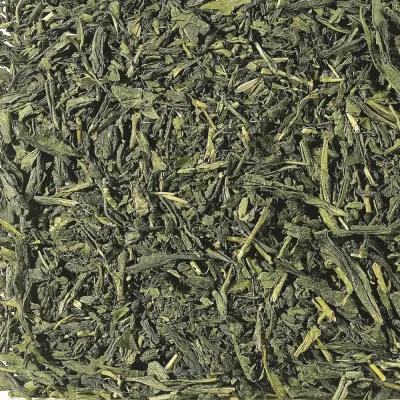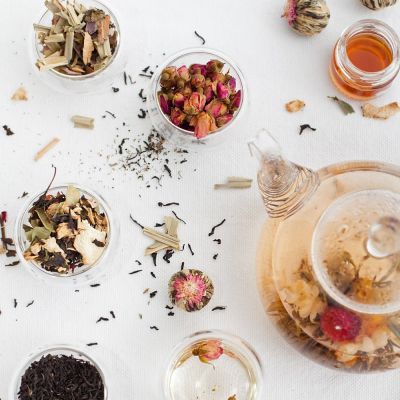- White tea belongs to the category of slightly fermented teas. Its quality characteristics are that both the tea leaves and the soup color are as silvery and snowy as if they are “dressed in white”. It has the reputation of being “wrapped in silver”. The key steps in making white tea lie in the two procedures of withering and drying. This not only maintains the unique characteristics of white tea, such as the prominent downy fragrance and the fresh and brisk taste of the soup, but also preserves a lot of natural vitamins beneficial to the human body.
Basic Classification of White Tea
White tea is divided into bud tea and leaf tea. The one made from single buds is called “Silver Needle”, the one made from leaves is called “Shoumei”, and the one with undivided buds and leaves is called “White Peony”.
- Bud Tea
- Baihao Yinzhen (White Hair Silver Needle). Its buds are plump and covered with abundant white hairs, presenting a silvery – white appearance. When brewed, it has a fresh and mellow taste.
- Leaf Tea
- Bai Mudan (White Peony) is made from one bud with two or three leaves. It has a complex flavor with a combination of floral and fruity notes.
- Gongmei is also a type of leaf – based white tea, often with a more rustic and earthy flavor.
- Shoumei has a relatively bold flavor compared to some other white tea varieties.
Exquisite Varieties of White Tea
- Fuding White Tea is highly renowned. Fuding is a famous origin of white tea, and its products are known for their high quality, with rich flavors and distinct characteristics.
- Baihao Yinzhen, as a classic variety, is cherished for its elegant appearance and excellent taste.
- Bai Mudan is popular among tea lovers for its balanced flavor and beautiful leaf shape.
- New – process Tea in white tea category also has its own unique charm, with some adjustments in the production process to create new flavor experiences.
Tips
The tea connoisseur reminds – whether Anji Baicha belongs to white tea or green tea
Most tea experts classify Anji Baicha as green tea. This is because Anji Baicha is made according to the green – tea production process. From this perspective, the view that Anji Baicha belongs to the green – tea category is relatively scientific. However, due to the word “white” in Anji Baicha and the fact that its buds and leaves are white, many people mistakenly think that Anji Baicha belongs to the white – tea category. In fact, Anji Baicha is a white – leaf variety within green tea. The young leaves of Anji Baicha that emerge in spring are pure white. When “spring ages”, they turn into variegated leaves with white and green colors, and only turn fully green in summer.
Most tea experts classify Anji Baicha as green tea. This is because Anji Baicha is made according to the green – tea production process. From this perspective, the view that Anji Baicha belongs to the green – tea category is relatively scientific. However, due to the word “white” in Anji Baicha and the fact that its buds and leaves are white, many people mistakenly think that Anji Baicha belongs to the white – tea category. In fact, Anji Baicha is a white – leaf variety within green tea. The young leaves of Anji Baicha that emerge in spring are pure white. When “spring ages”, they turn into variegated leaves with white and green colors, and only turn fully green in summer.




